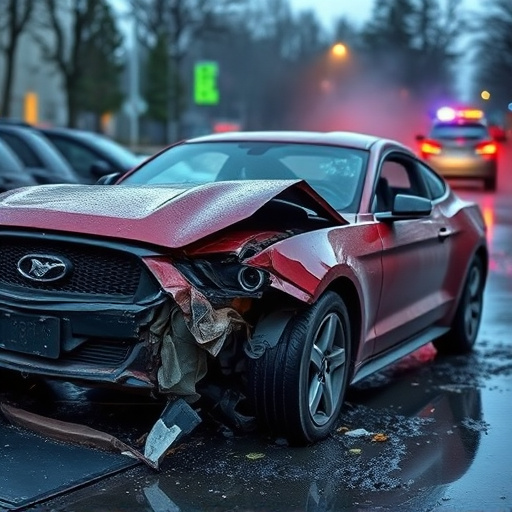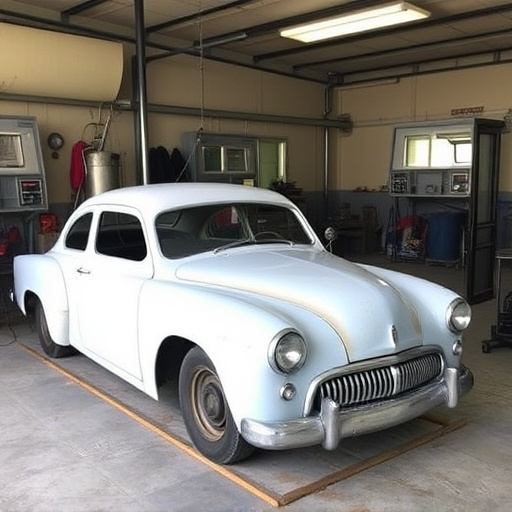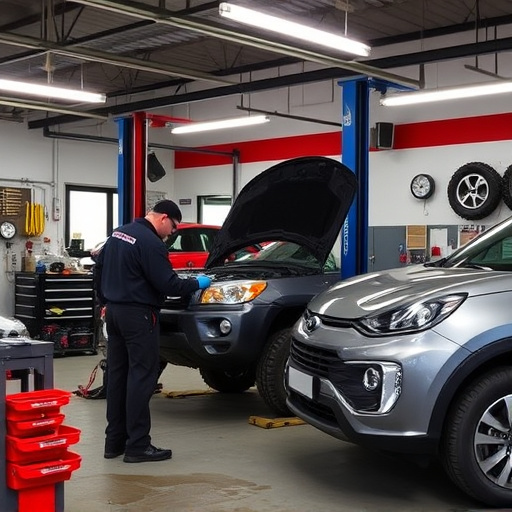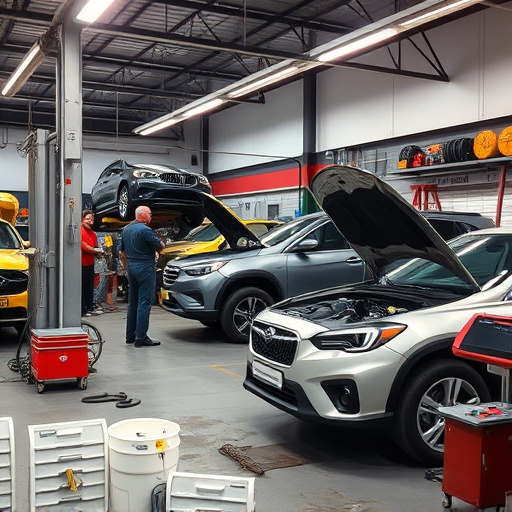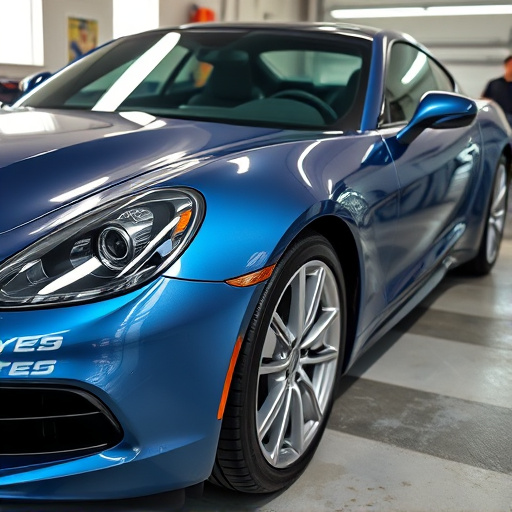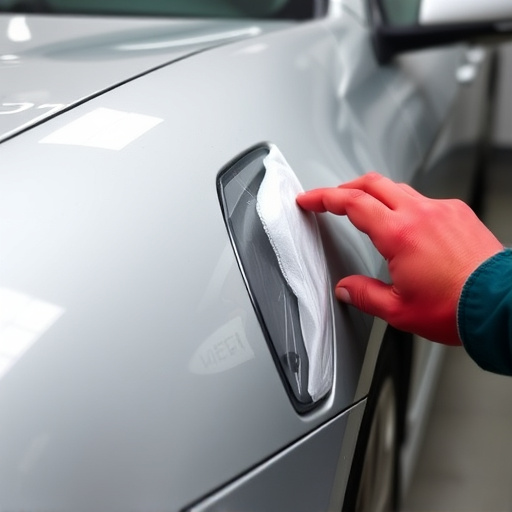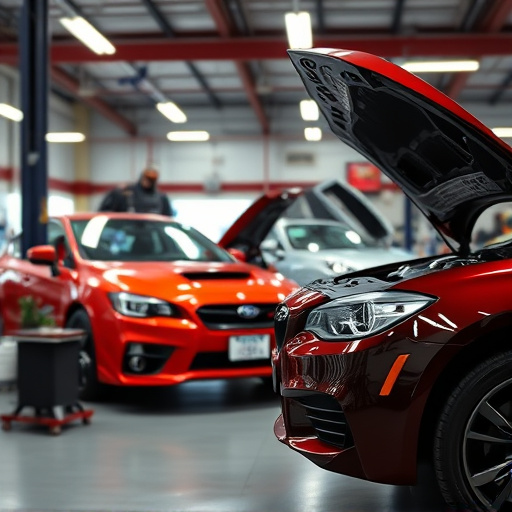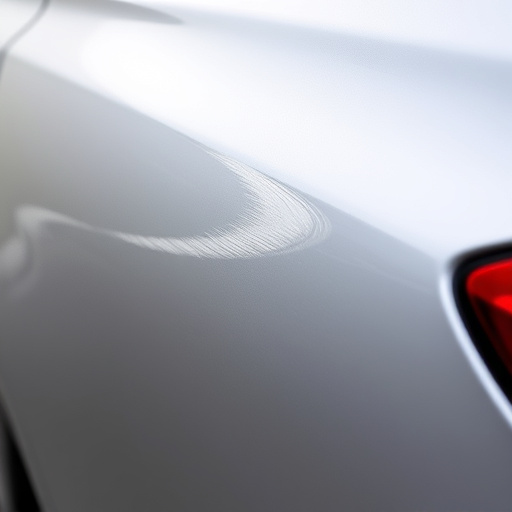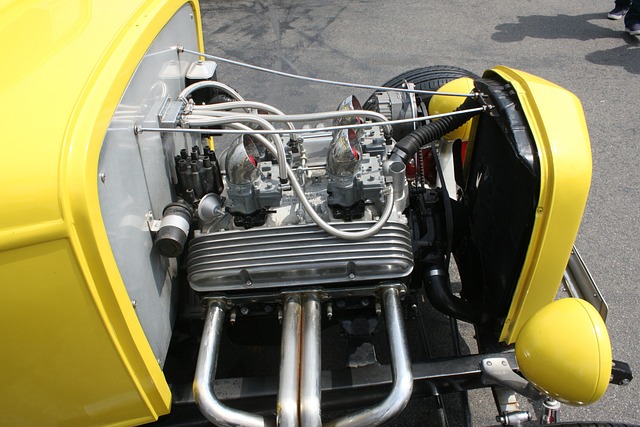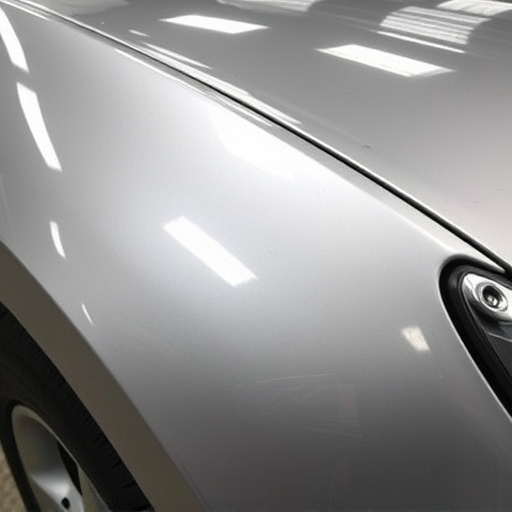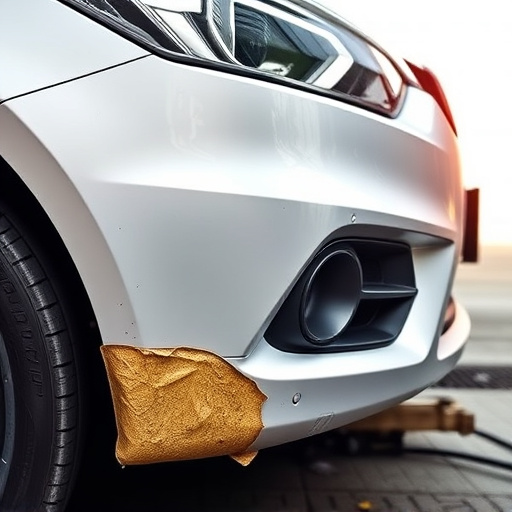TIG welding collision systems excel in precise, intricate automotive frame restoration, offering superior control and minimal heat input for clean welds and preserved aesthetics. While MIG (Metal Inert Gas) welding is faster and versatile for modern cars' diverse alloys, TIG's consistent arc and precision make it the preferred choice among professionals for delicate body work and maintaining paint integrity.
In the realm of frame restoration, choosing the right welding method is paramount. This article delves into the contrasting worlds of TIG (Tungsten Inert Gas) welding collision systems and MIG (Metal Inert Gas) welding, highlighting their unique strengths and weaknesses. Understanding TIG welding collision systems offers insights into precise, non-invasive joining, while exploring the advantages of MIG welding in frame restoration reveals its efficiency and cost-effectiveness. By the end, readers will grasp the ideal conditions for each method, enabling informed decisions for optimal results in frame restoration projects.
- Understanding TIG Welding Collision Systems
- Advantages of MIG Welding in Frame Restoration
- Comparative Analysis: TIG vs. MIG for Optimal Results
Understanding TIG Welding Collision Systems
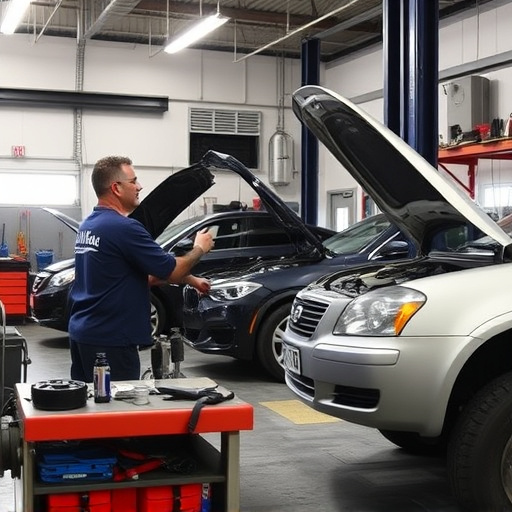
TIG welding collision systems are a specialized technique employed in precise and intricate weldings, particularly favored for their versatility and precision in car restoration and luxury vehicle repair. These systems utilize a non-consumptive arc that produces heat through a electrical discharge between a non-consumable tungsten electrode and the base metal. This method allows for accurate control over the welding process, enabling detailed work on hard-to-reach areas, especially during bumper repair.
Unlike other welding methods, TIG collision systems excel in creating strong, clean welds with minimal heat input, preserving the integrity of surrounding materials. This makes them ideal for delicate frame restoration tasks where maintaining original aesthetics is paramount. By focusing a concentrated heat source and precisely directing it, these systems minimize the risk of warping or damaging nearby components, ensuring high-quality outcomes in even the most intricate car restoration projects.
Advantages of MIG Welding in Frame Restoration
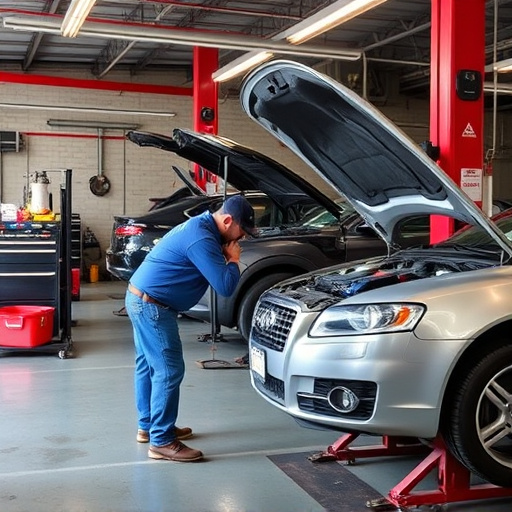
MIG (Metal Inert Gas) welding offers several advantages when it comes to frame restoration in car repair shops. One of its key benefits is speed and efficiency; MIG welding allows for faster application, making it ideal for repairing large areas or replacing damaged panels quickly. This process also produces cleaner, more consistent welds compared to TIG (Tungsten Inert Gas) welding, resulting in a stronger bond that enhances the structural integrity of the restored frame.
Moreover, MIG welding is versatile and suitable for various metals commonly used in automotive frames. The ability to handle different metal types efficiently makes it a preferred choice for collision repair professionals, especially when dealing with modern car designs that incorporate diverse alloys. Additionally, MIG welding generates less heat input, reducing the risk of warping or damaging surrounding components, such as auto glass replacement areas, compared to TIG welding collision systems.
Comparative Analysis: TIG vs. MIG for Optimal Results
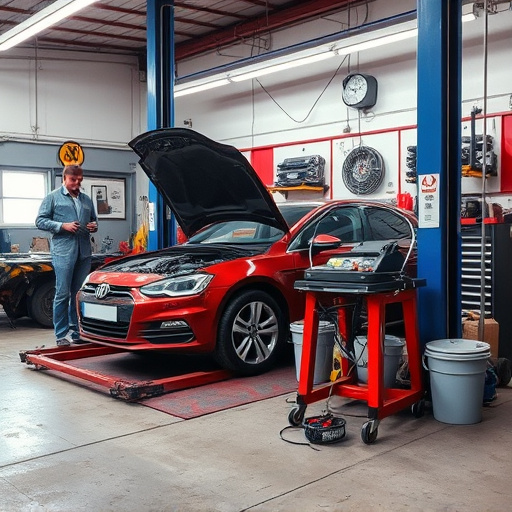
When it comes to frame restoration, the choice between TIG (Tungsten Inert Gas) welding collision systems and MIG (Metal Inert Gas) welding is a critical decision that can impact the quality and longevity of the repair. Both methods have their unique advantages, but a comparative analysis reveals that TIG welding offers superior precision and control in intricate automotive body work. This makes it particularly appealing for vehicle repair services involving complex geometry and tight spaces.
TIG welding collision systems provide a more consistent arc, enabling welders to achieve cleaner, stronger bonds with less heat input. This is especially beneficial in car paint repair scenarios where maintaining the integrity of the existing paint job while restoring the frame is paramount. In contrast, MIG welding, while faster and more suitable for larger, flat surfaces, may result in deeper penetration and higher heat affected zones, potentially compromising the structural integrity of delicate automotive components. Thus, for optimal results in frame restoration and intricate automobile body work, TIG welding collision systems stand out as the preferred choice among professional vehicle repair services.
In the realm of frame restoration, both TIG welding collision systems and MIG welding offer unique advantages. While TIG welding excels in precision and versatility, allowing for intricate welds and minimal heat input, MIG welding proves more efficient for large-scale projects due to its faster deposition rate. In light of these differences, the choice between TIG and MIG depends on specific restoration needs. For detailed, meticulous work, TIG welding collision systems shine, but for rapid, large-area repairs, MIG welding is often the game-changer. Ultimately, understanding these systems enables restorers to make informed decisions, ensuring optimal results in every frame restoration project.
